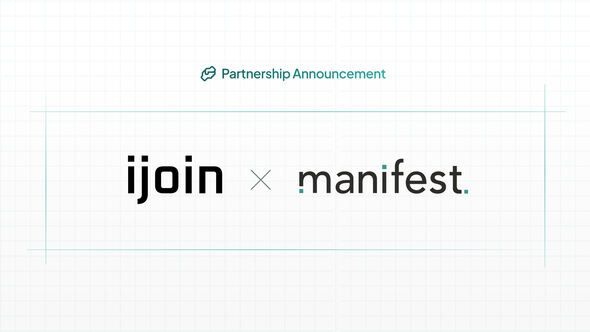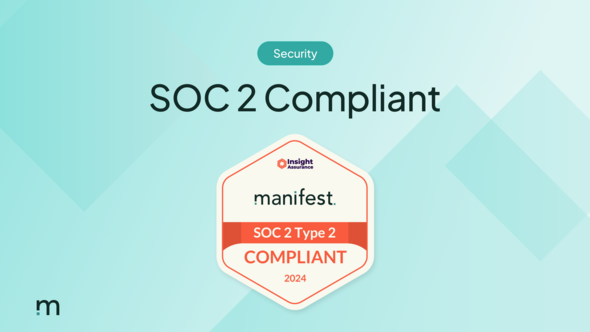Many employer-sponsored 401k plan designs unintentionally favor higher earners. This leaves lower-paid employees with fewer retirement benefits. Recent data from Vanguard reveals that 44% of employer contributions go to the top 20% of earners, highlighting an inequity in how employer contributions are distributed.
A fairer retirement plan design ensures that all eligible employees receive equal opportunities to build their retirement assets. Adjusting matching contribution formulas, incorporating safe harbor contributions, and implementing automatic enrollment strategies can help employees at all income levels secure a financially stable retirement.
The Impact of Employer Contributions on Employee Participation
Employer contributions are meant to encourage employee participation in retirement plans, but traditional matching contributions often disproportionately benefit highly compensated employees. Many lower-wage workers contribute less due to financial constraints, limiting their employee contributions and overall retirement savings. When matching or nonelective contributions are based on a salary percentage, higher earners receive larger employer-funded benefits.
Some common challenges include:
- Lower contribution rates among rank-and-file employees: Employees with lower wages may prioritize immediate financial needs over long-term savings, reducing plan participation.
- Disparities in employer match formulas: Traditional employer match structures allocate more funds to higher earners who contribute more of their salary.
- Vesting schedule barriers: Employees in lower-paying roles often have higher turnover rates, making it harder to qualify for plan benefits tied to vesting periods.
- Limited plan awareness: Many lower-paid employees are unaware of the benefits available to them, leading to lower employee participation.
- Financial stress as a barrier to saving: Many employees do not see how even small contributions can significantly impact their retirement security without financial education.
- Lack of immediate eligibility: Some employees must wait months or even years before they can start contributing to a plan, delaying retirement savings.
Adjusting Matching Contributions for Fairness
One way to create a more equitable 401k plan design is to restructure the matching contribution formula so that all employees benefit proportionally. Employers can implement:
- Dollar-cap matching: Instead of matching a percentage of salary, employers can cap matches at a fixed amount to ensure equal benefit distribution.
- Multi-tiered matching contributions: This approach offers a higher match percentage on the first few percentage points of contributions, benefiting lower-income employees who contribute less.
- Non-elective contribution: Instead of requiring employees to contribute, employers can offer mandatory employer contributions that apply to all eligible participants, regardless of salary level.
- Profit-sharing contributions: Employers can allocate additional funds based on company performance, helping lower-income employees grow their retirement assets.
- Gradual vesting schedules: Reducing the time required for employees to vest in employer contributions fully ensures that more workers benefit from the plan.
By adjusting plan contributions, businesses ensure that more employees, not just top earners, can grow their retirement assets over time.
Digital Solutions for Equitable 401k Plan Designs
A key barrier to plan participation among lower earners is inertia. Many employees fail to enroll simply because they never get around to signing up. Implementing automatic enrollment with a qualified automatic contribution arrangement (QACA) ensures that more workers start saving immediately upon becoming eligible participants.
Effective strategies include:
- Higher default deferral rates: Vanguard's research suggests that raising default employee salary deferrals to 6% helps employees save more while keeping contributions manageable.
- Automatic escalation: Increasing elective deferrals gradually each year ensures that employees contribute more as their salary grows.
- Immediate eligibility: Allowing employees to participate in the plan as soon as hired removes barriers to early saving
- Re-enrollment initiatives: Automatically re-enrolling non-participating employees ensures they have multiple opportunities to join the plan.
- Financial wellness education: Helping employees understand the long-term impact of saving through workshops and tools increases participation.
- Employer communication campaigns: Regular messaging on retirement plan benefits and tax advantages encourages ongoing contributions.
Employers integrating automatic enrollment features see significantly higher plan participation rates, ensuring that all plan participants, including lower-paid employees, benefit from retirement savings opportunities. Platforms like Manifest make it easier for employees to consolidate retirement accounts, reducing fragmentation and ensuring continuous savings growth regardless of income level.
Plan Design Adjustments to Support All Employees
Beyond adjusting matching contribution formulas, employers can modify their plan document to implement policies that make their qualified retirement plan more inclusive. Some effective strategies include:
- Offering safe harbor contributions: These employer-funded contributions bypass discrimination testing and guarantee contributions to lower-paid workers.
- Implementing emergency savings options: Providing an after-tax savings feature, such as allowing after-tax contributions within the retirement plan, helps employees build financial security while keeping them engaged with the plan.
- Eliminating plan participation barriers: Employers should simplify plan operations and make it easy for employees to sign up and contribute.
- Plan customization for small businesses: Many small businesses hesitate to offer retirement plans due to administrative burdens, but newer options streamline the process.
- Allowing in-service distributions: Employees who need access to funds during emergencies may benefit from more flexible withdrawal options.
Employers should work closely with their financial institutions and retirement plan providers to ensure these changes align with regulatory requirements and effectively support all employees.
The Business Case for an Equitable 401k Plan Design
While retirement benefits are crucial for financial security, they are also significant for employee retention and satisfaction. Companies that offer a competitive retirement plan are more likely to retain employees and attract top talent.
Benefits of an equitable 401(k) plan design include:
- Increased participation across all salary levels: Ensuring that only employees who actively choose not to participate miss out on benefits.
- Stronger employee retention: Workers who see their employer investing in their financial future are more likely to stay with the company.
- Greater long-term savings for all employees: More equitable plan operations lead to better retirement outcomes for the entire workforce.
- Tax deferral advantages: Employees benefit from pre-tax elective deferrals, reducing their taxable income while building their retirement savings.
- Compliance benefits for employers: Ensuring the plan meets federal income tax withholding and nondiscrimination requirements avoids regulatory penalties.
- Increased employee motivation: Workers are more engaged when they feel they are receiving fair benefits, contributing to higher productivity.
Employers who take proactive steps to design a fairer 401k plan demonstrate a commitment to their workforce's long-term success. They help all employees, regardless of income, build their retirement assets.
Taking Action Toward a More Inclusive Retirement Plan
A truly equitable 401k plan design ensures that all employees, not just top earners, have access to meaningful retirement benefits. To create a more inclusive retirement plan, employers should assess their current plan document permits, adjust their matching contribution formula, and implement strategies like automatic enrollment.
By working with plan providers and leveraging plan document adjustments, businesses can take a meaningful step toward retaining employees and helping them achieve long-term financial security.
Schedule a demo today to learn how to create an equitable 401k plan that supports all employees.




